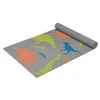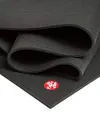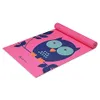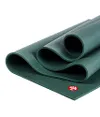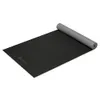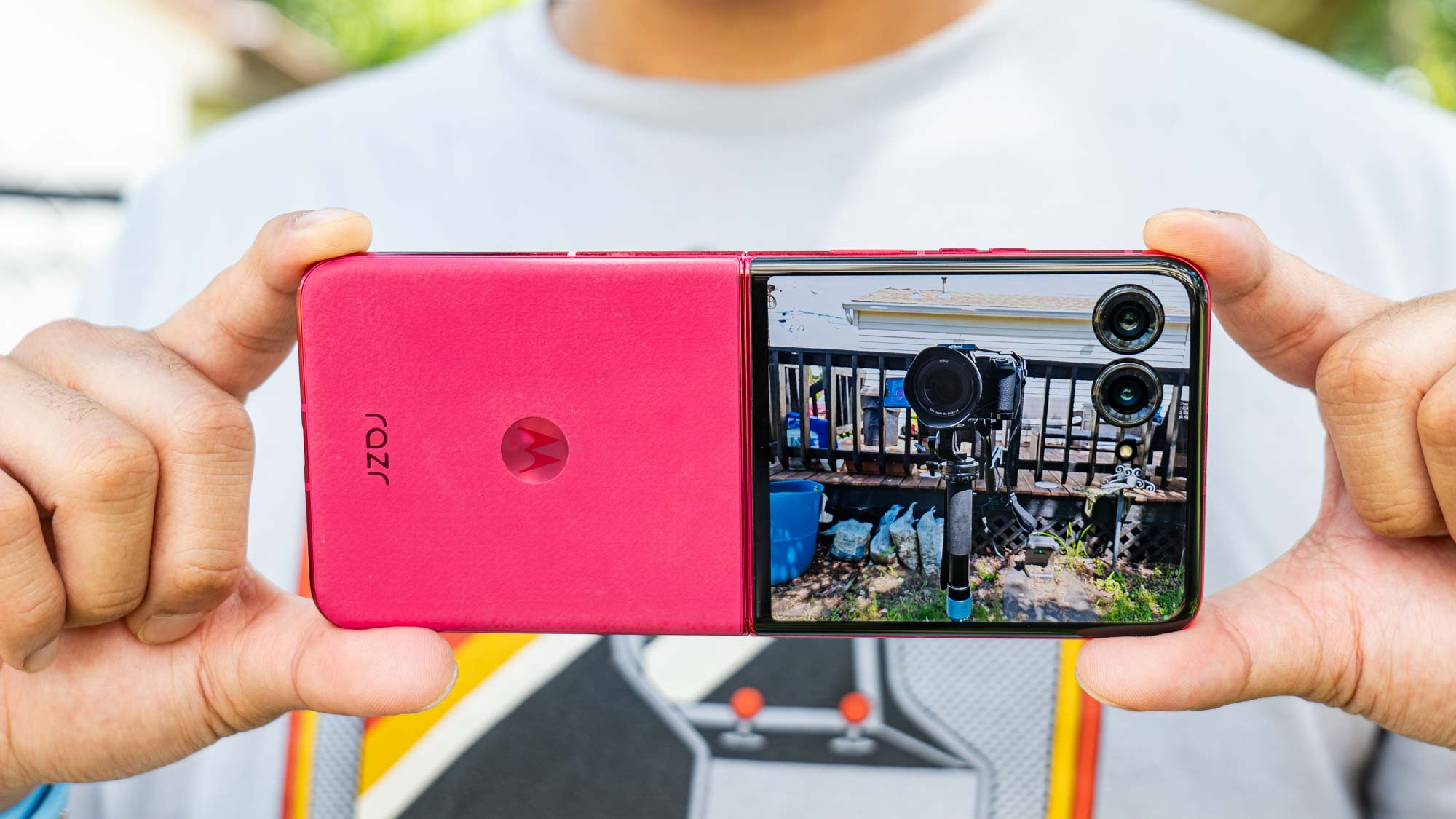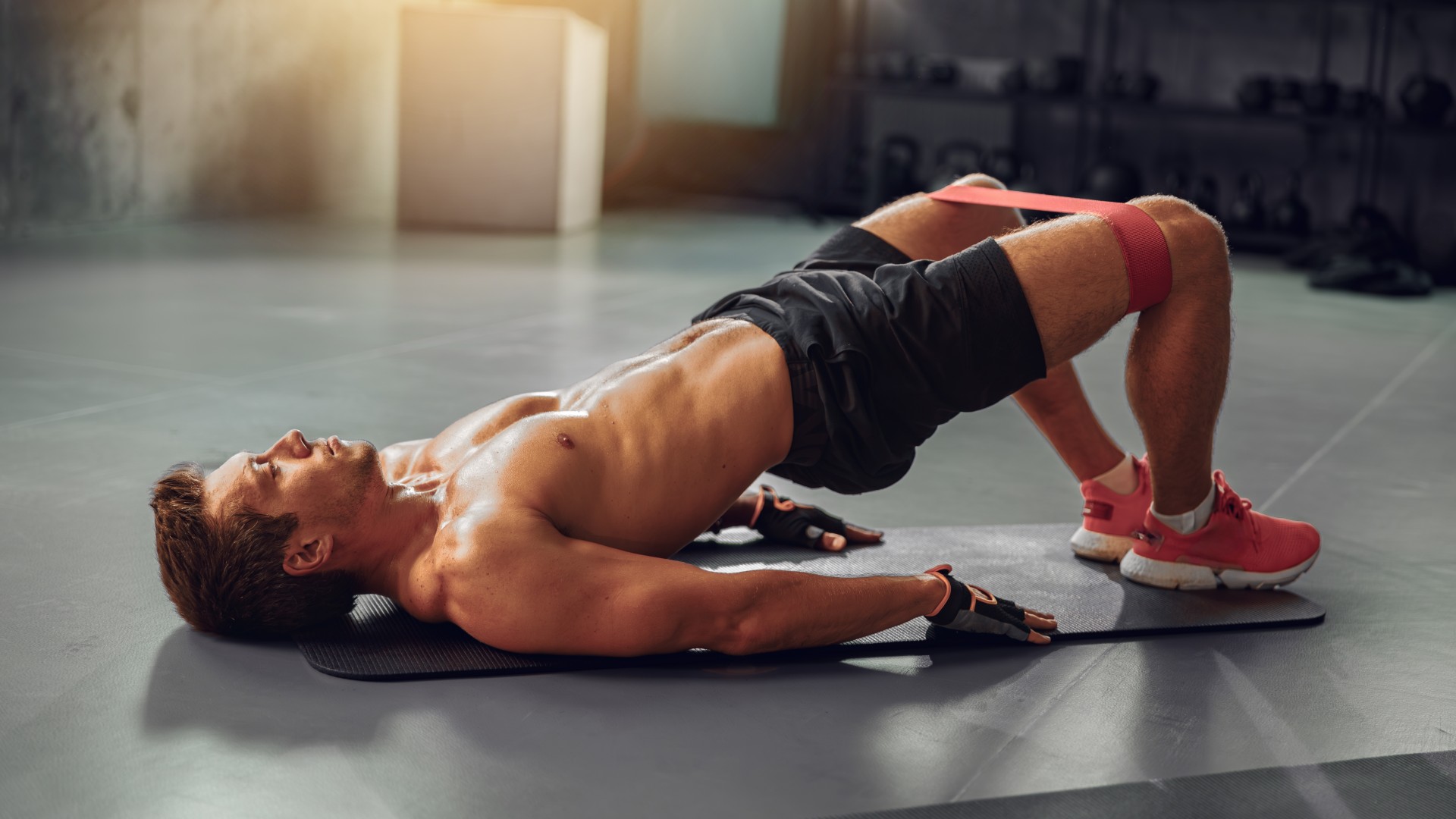
Looking for a hip workout? I’ve got three moves that will improve hip health, boost flexibility, increase your range of motion and release lower body tension — all while bedding down on one of the best yoga mats.
Nothing fancy, and you don’t need an hour; it only takes a few minutes per exercise. That said, I recommend adding short mobility routines to your exercise regime during every warm-up or at least several times a week to see noticeable, long-term improvements.
To do these moves, I recommend a mat and cushions or yoga blocks to support your knees if you prefer. Here’s how to do each mobility exercise step-by-step, and the benefits.
1. Traveling figure-4
The figure-4 stretch is a more hip and knee-friendly “best friend” to the pigeon pose or 90/90 stretch, relieving tight hips and gluteal muscles. I coach the seated or supine figure-4 stretch if someone has incredibly tight hips and needs a beginner-friendly alternative.
To do it, follow the video above step-by-step and use these simple cues:
- Start seated with your legs extended in front of you and your hands pressing onto the mat behind you close to your hips, fingers pointing behind you
- Place your left foot just above your right knee and position the outer foot on the thigh
- Bend your right leg and press your right foot onto the mat
- Lift your hips slightly away from the floor
- Drive your butt forward toward your left heel as far as you can, then reverse your butt backward as far as you can
- Continue alternating moving forward and backward, then switch legs
- Aim for 30-60 seconds per side.
2. Glute kickback with elbow tap
Glute kickbacks stretch the hip flexor muscles, strengthen the glutes and work well as a glute activation exercise. I like adding loop bands above the knees if you want to put muscles under more tension. They’re some of the best resistance bands for glute work.
For this variation, I add an elbow tap to help open the hips more by externally rotating the hip, then driving the knee in and forward toward the midline. Some clicking is fairly normal when performing this type of range of motion, but if you experience pain, stop immediately and seek medical advice if it persists.
- Start on hands and knees in a tabletop position, shoulders over wrists and hips directly over knees
- Gently brace your stomach, then lift your right leg and drive your knee behind you
- Keep the knee bent at 90 degrees and flex your right foot. Imagine balancing a cup of coffee on your foot as you press it upward
- Keep your hips square to the mat and squeeze your glute at the top of the movement
- Pause, then drive your knee outward, then forward, tapping it just above your right elbow
- Reverse the movement, then lower your right knee to the floor. Switch sides
- Aim for 8-12 reps and 3-4 sets.
3. 90/90 internal hip rotation
The 90/90 stretch is a firm favorite amongst those who avoid pigeon poses during cool-downs or yoga routines. To add a dynamic dimension to this exercise, lift your back foot away from the mat, then lower it again.
This is known as internal hip rotation and helps improve how well your hips move on a daily basis; your hips can rotate, flex and extend, so becoming more efficient at moving them in all directions will improve overall mechanics as you get older.
- Sit on your butt with both legs extended in front of you
- Sweep your right leg behind you
- Bend your left knee to create a 90-degree angle with the left knee and ankle aligned
- Bend your right knee and create a 90-degree angle, right hip and knee aligned and the shin parallel to the right side of the mat
- Gently press down with the inner right leg and square your hips to the front of the mat
- Sit tall and keep your back straight
- Stay here, or hinge at your hips and lower your chest toward your left leg. Avoid rounding your spine and lead with your chest
- With control practice lifting and lowering your back foot without lifting your knee
- Switch sides
- Aim for 8-12 reps and 3-4 sets.
Why is hip mobility important?
As kids, we seemingly had no fear. We’d throw ourselves into most things and somehow contort ourselves into all sorts of shapes without so much as batting an eyelid. Fast forward a few years, and all that mobility feels like a distant memory. I’m still shocked I could bend backward into a wheel and kick my legs over (a backward walkover, to the gymnasts). My back now screams at me even just thinking about it.
But it’s not about making weird shapes with your body. Not really. Unless you’re an athlete or just happen to be into that kind of thing. It’s about protecting your joints, bones, ligaments and muscles as you age. If you don’t use it, you lose it, and decent mobility is one of the first components of fitness to go as you get older.
Whether you enjoy running, Pilates, weightlifting, or something totally different, good mobility will improve your ability to move, protect you from injury and strengthen your muscles and joints. Weak, underused muscles create tension and tightness, prohibiting movement and causing aches and pains elsewhere — often (seemingly) out of nowhere. So regular mobility routines, performed standalone, before exercise, or both can build long-term improvements to your health.
As kids, we seemingly had no fear. We’d throw ourselves into most things and somehow contort ourselves into all sorts of shapes.
Mobility routines that combine strength and movement around joints and within muscles prepare you most for exercise. That’s why I always recommend them as a priority over standalone stretching (read: stretching versus mobility). Rather than holding a passive stretch, which may offer temporary relief, create movement around the joints to prepare them for exercise and oil the machine.
I understand, that even the best mobility exercises aren’t as exciting as lifting heavy weights or hitting a new PB on your next run, but a little consistency goes a long way. And they’ll keep you doing the exercise you love for a whole lot longer.
More from Tom's Guide
- Forget the gym — this trainer's 10-move dumbbell workout will build muscle in your back and biceps
- Try this 12-minute resistance band glute workout
- I walked 6,500 steps with Fitbit Inspire 3 vs. Samsung Galaxy Fit3 — here's the winner
Sign up to get the BEST of Tom's Guide direct to your inbox.
Get instant access to breaking news, the hottest reviews, great deals and helpful tips.
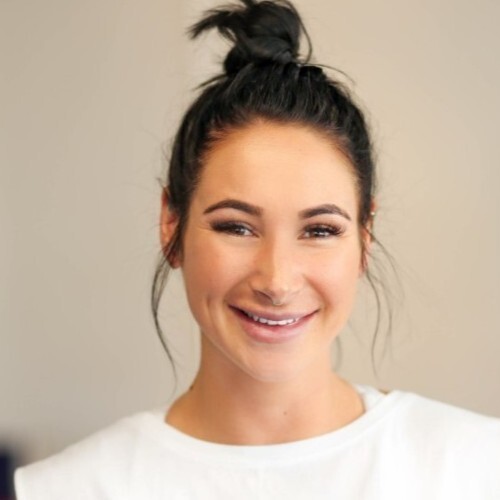
Sam Hopes is a level 3 qualified trainer, level 2 reiki practitioner and senior fitness writer at Tom's Guide. She is also currently undertaking her Yoga For Athletes training course. Sam has written for various fitness brands and websites over the years and has experience across brands at Future such as Live Science, Fit&Well, Coach, and T3.
Having worked with fitness studios like F45 and Virgin Active, Sam now primarily teaches outdoor bootcamps, bodyweight, calisthenics and kettlebells. She also coaches mobility and stretching-focused classes several times a week and believes that true strength comes from a holistic approach to training your body.
Sam has completed two mixed doubles Hyrox competitions in London and the Netherlands and finished her first doubles attempt in 1:11.
